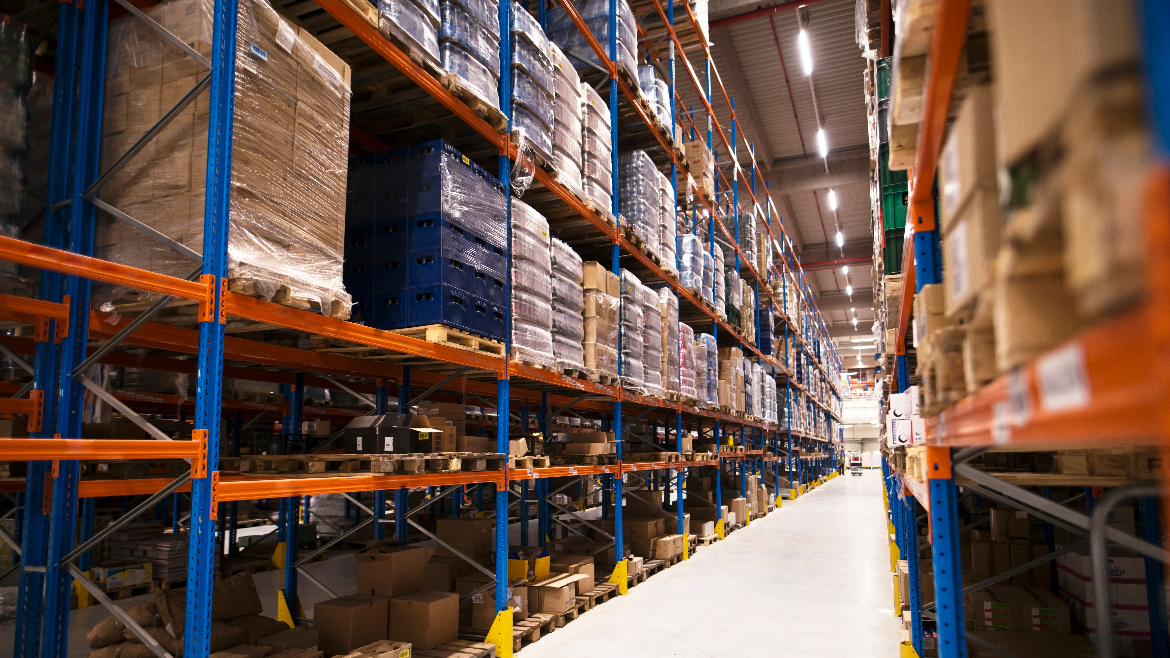International logistics, driven by globalization and the expansion of markets across borders, requires a robust supply chain infrastructure to ensure the efficient movement of goods. Warehousing is a critical component of this infrastructure, serving as a pivotal point in the distribution network. Various warehouse models have emerged to meet the unique challenges and demands of international logistics. In this article, we will delve into the different types of warehouse models in international logistics, exploring their characteristics, advantages, and relevance in today’s global trade landscape.
1. Consolidation Warehouses
Consolidation warehouses, often located near ports or major transportation hubs, specialize in grouping and consolidating shipments from multiple suppliers or sources. This model is particularly useful for businesses dealing with a wide range of products from different origins, aiming to optimize shipping costs and reduce transit times.
Advantages:
Economies of scale through bulk shipping.
Reduced transportation costs.
Streamlined customs clearance for consolidated shipments.
Disadvantages:
Potential delays due to consolidation processes.
Requires efficient inventory management.
2. Distribution Centers
Distribution centers are strategically placed warehouses designed to facilitate the swift distribution of products to local or regional markets. They play a vital role in minimizing lead times, reducing shipping costs, and meeting the demands of a global customer base.
Advantages:
Reduced shipping costs through proximity to markets.
Faster order fulfillment.
Enhanced customer satisfaction.
Disadvantages:
High initial setup and operational costs.
Complex inventory management.
3. Cross-Docking Facilities
Cross-docking facilities minimize storage time by unloading products from inbound shipments and immediately loading them onto outbound trucks with minimal or no storage in between. This model is ideal for companies looking to speed up the transit of goods and minimize inventory holding costs.
Advantages:
Reduced storage costs and handling time.
Enhanced supply chain efficiency.
Ideal for perishable goods and time-sensitive products.
Disadvantages:
Requires precise coordination and planning.
Limited suitability for businesses with extensive storage needs.
4. Bonded Warehouses
Bonded warehouses are authorized by customs authorities to store imported goods before they are cleared for customs duties and taxes. These warehouses are often strategically located near ports and serve as crucial hubs for international trade.
Advantages:
Deferred customs duties and taxes.
Allows for re-export without paying duties.
Ideal for goods awaiting regulatory approval.
Disadvantages:
Strict compliance with customs regulations.
Limited storage for extended periods.
5. Temperature-Controlled Warehouses
International logistics often involve the transportation of temperature-sensitive goods, such as pharmaceuticals, food products, and chemicals. Temperature-controlled warehouses provide the necessary climate conditions to maintain product integrity during storage.
Advantages:
Preserves the quality and safety of temperature-sensitive products.
Compliance with regulatory requirements.
Extends the shelf life of perishable goods.
Disadvantages:
High energy consumption and operational costs.
Specialized equipment and maintenance requirements.
6. E-commerce Fulfillment Centers
With the growth of online shopping and global e-commerce, specialized e-commerce fulfillment centers have become essential in international logistics. These warehouses are equipped to handle high volumes of individual orders, often involving fast order processing and shipment.
Advantages:
Rapid order fulfillment.
Efficient order picking and packing processes.
Integration with various e-commerce platforms.
Disadvantages:
Requires sophisticated inventory management systems.
Seasonal fluctuations in demand may require additional space.
7. Free Trade Zone Warehouses
Free trade zone warehouses, also known as foreign trade zones or FTZs, are facilities located within a country but treated as outside its customs territory. Goods stored in FTZs can be processed, assembled, or re-exported without incurring customs duties or taxes until they leave the zone.
Advantages:
Deferred customs duties and taxes until goods leave the FTZ.
Ideal for value-added activities like manufacturing or assembly.
Facilitates international trade and logistics.
Disadvantages:
Strict regulatory compliance within the FTZ.
Limited space and availability in some regions.
8. Multi-Temperature Warehouses
Multi-temperature warehouses are equipped with multiple temperature zones within the same facility. This model is ideal for businesses dealing with various products with diverse temperature requirements.
Advantages:
Efficient storage of products with different temperature needs.
Streamlined logistics and reduced transportation costs.
Versatility in handling a wide range of goods.
Disadvantages:
Complex HVAC systems and operational challenges.
Higher energy consumption and maintenance costs.
9. Port Warehouses
Port warehouses are strategically located near ports to facilitate the rapid transfer of goods between vessels and land-based transportation. They are particularly useful for businesses involved in international trade, as they provide a seamless transition between sea and land transportation.
Advantages:
Quick access to imported and exported goods.
Reduced transit times and shipping costs.
Streamlined customs clearance processes.
Disadvantages:
High competition for space near major ports.
Potential congestion during peak shipping seasons.
Conclusion
In the realm of international logistics, the choice of warehouse model plays a pivotal role in the success of supply chain operations. Each warehouse type offers unique advantages and disadvantages, making it essential for businesses to carefully evaluate their specific needs, product types, and global distribution strategies. By selecting the most suitable warehouse model, international logistics can be optimized to meet the challenges of a rapidly evolving global marketplace, ensuring the timely and cost-effective delivery of goods to customers worldwide.


Leave a reply